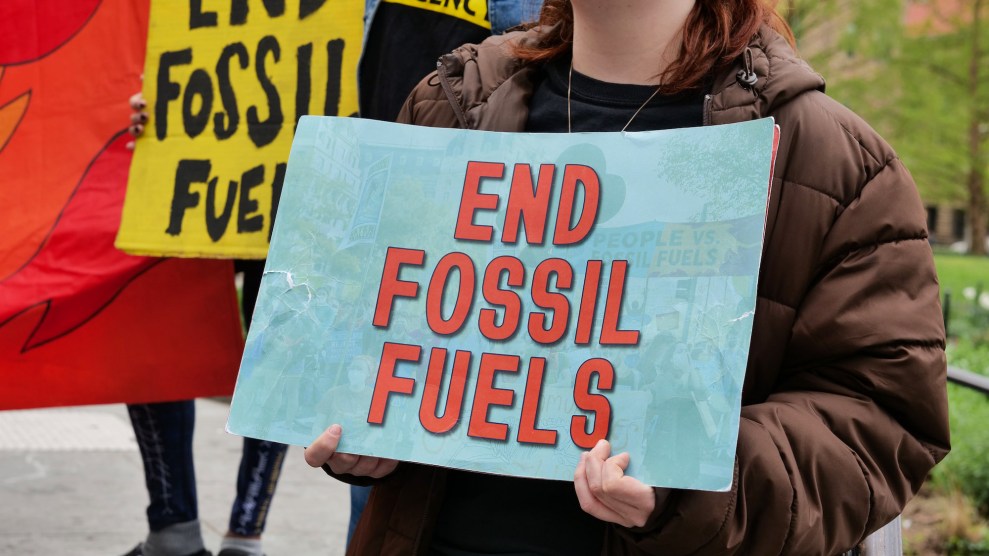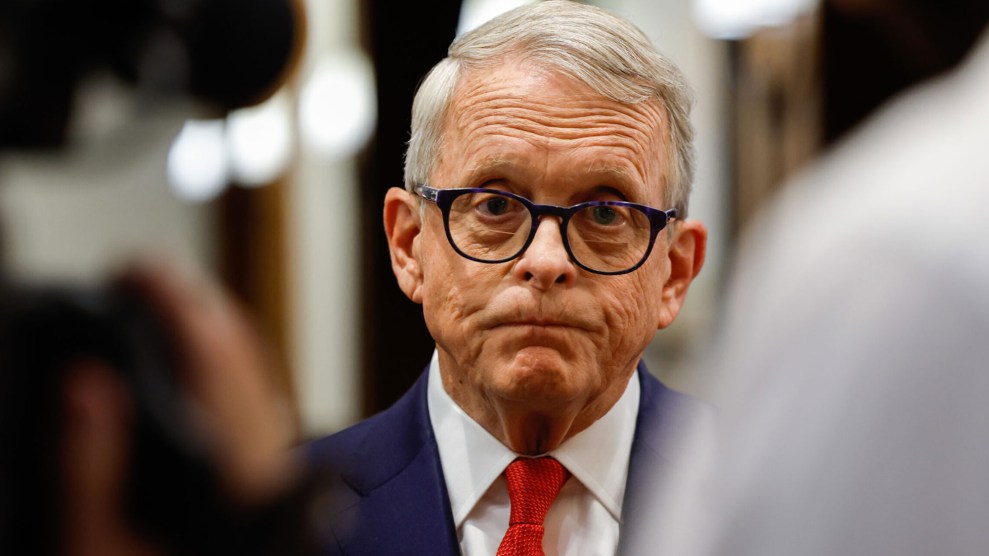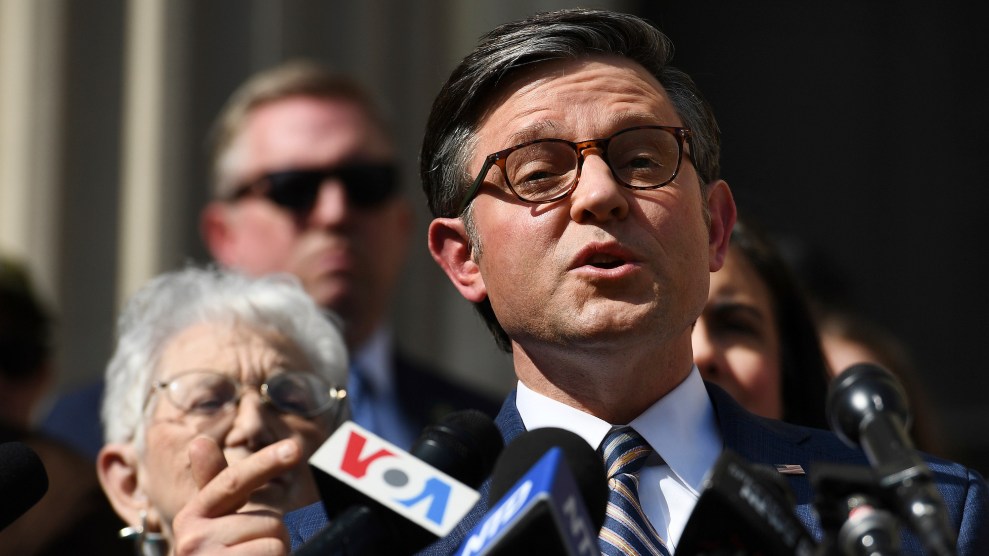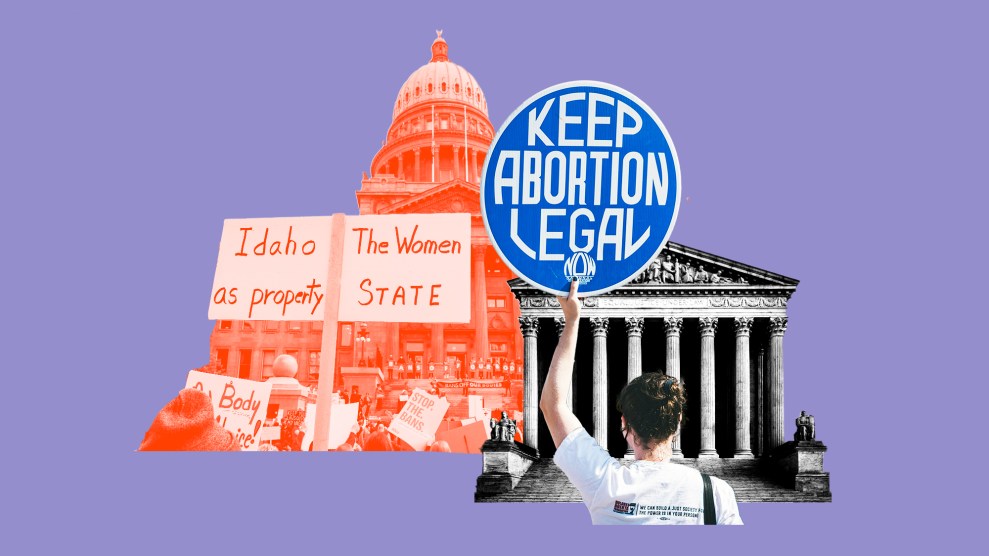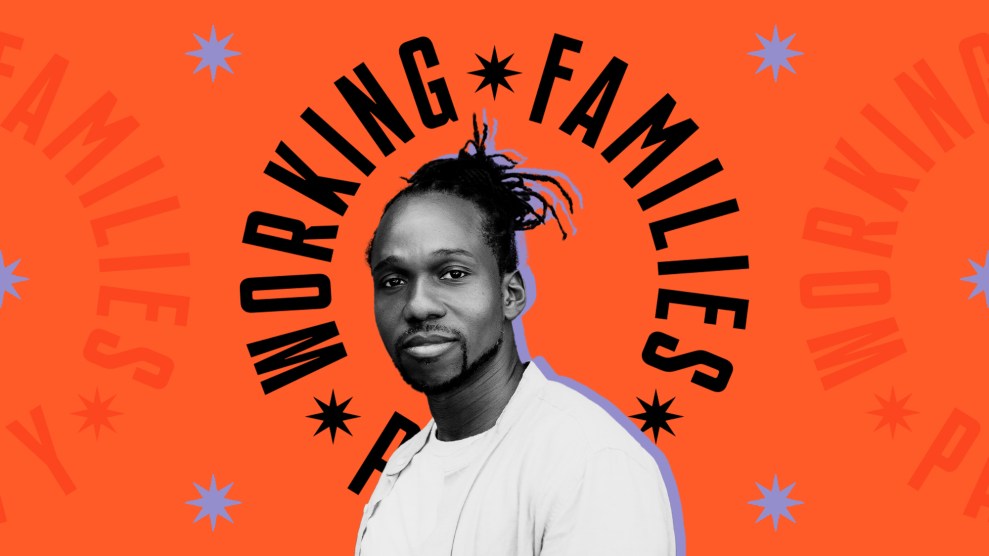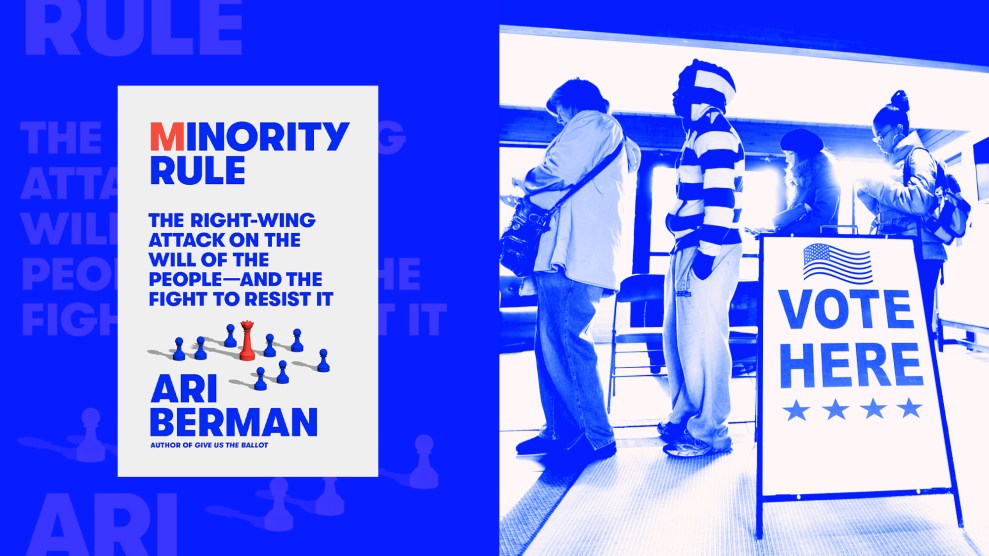Most everywhere, cops are getting into the customer service business. For years, police officers, hampered by an authoritarian, top-down management system, have been discouraged from trying anything remotely creative. No wonder they’ve devolved into an angry, alienated subculture, seemingly holding off the tide of anarchy but unable to do a thing about it. But recently, a new school of thought has swept The Blue: give cops the skills to analyze underlying causes and the autonomy to figure out the best solutions–in concert with citizens. There are still, however, departments that do little or nothing, or that tried but failed due to a lack of long-term commitment at the top. A roundup of the best and the worst in community-oriented policing:
- St. Louis:
- Probably the best, the Gateway City has introduced community-oriented policing on the broadest scale. By the end of 1994, every officer on the 1,500-member force will be trained in problem solving. * * * * *
- Newport News, Va.:
- Police and building managers set up a mini-station in a drug-infested housing complex. In just a few months, the dealers were out. Departmentwide innovations without additional funding. * * * * *
- San Diego:
- A “friendly vigilante” system combats gay-bashing in one neighborhood. Locals patrol with loaned cellular phones, calling in anti-gay activity and honking if they see an attack. Incidents declined 90 percent. * * * * *
- Madison, Wis.:
- Chief David Couper compares local beat cops to “family practitioners.” One learned the Asian Hmong dialect to address the problem of young men kidnapping adolescent girls as brides. Another spends days-off teaching word-processing to unemployed neighborhood women. * * * * 1/2
- Miami:
- Problem-solving Neighborhood Enhancement Teams, which include cops, staff eleven mini-city halls around town. Citizen concerns, from gang violence to senior services, get immediate attention, and residents can reach NET officers twenty-four hours a day via beeper. * * * * 1/2
- Tucson:
- When squad cars started heading into Native American neighborhoods just to talk, relations soared. Cooperation with the public led to a huge drop in the burglary rate, once the nation’s highest. * * * *
- Portland, Ore.,
- is known for its vision at the top, and in Austin, Texas, community policing is “routine”! * * * *
- New York City:
- Troubled neighborhoods got blue-and-white RVs, overseen by an officer and staffed by volunteers. Residents come in to talk; kids find a safe haven to do homework after school. * * *
- Detroit:
- Introduced mini-stations in the 1970s, but downhill since. The recent chief was convicted of embezzlement, and officers of beating a motorist to death. In that environment, reform is difficult. *
- Los Angeles:
- A bit of effort in the mid-1980s; nothing since. Viewed millions paid in civil brutality suits as a cost of doing business: cheaper to be feared than to hire more cops. Hopeful sign in new chief Willie Williams. *
- Atlanta:
- Ex-chief Lee Brown (now Clinton’s drug “czar”) and his successor George Napper made Atlanta one of five cities experimenting with community-oriented policing. When Napper left, commitment waned. *
- Chicago
- made modest efforts decades ago, and Boston some in recent years, but neither has much to show for it. 1/2
- Houston:
- Lee Brown was here, too; then his rivals took over and started dismantling what he had done. No donuts
- San Francisco:
- Community-policing experts have never heard of this town. No donuts



